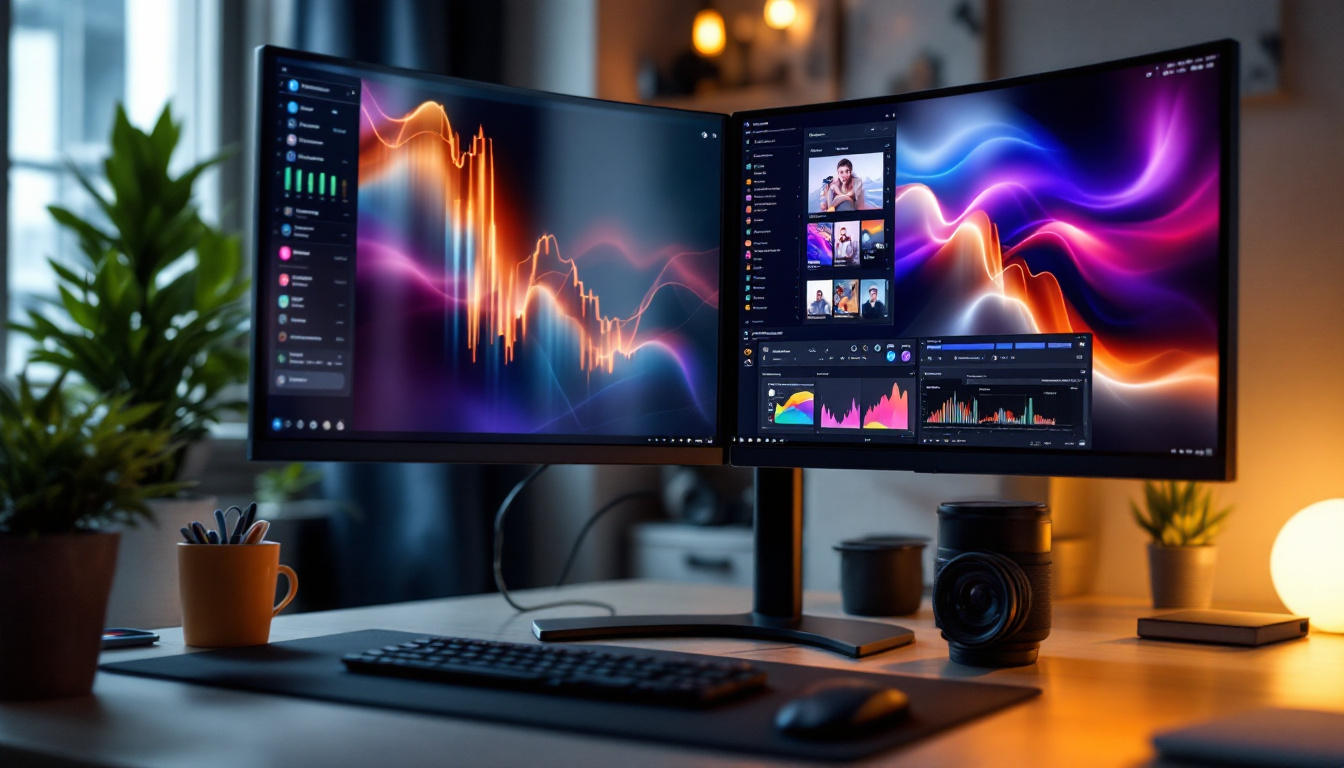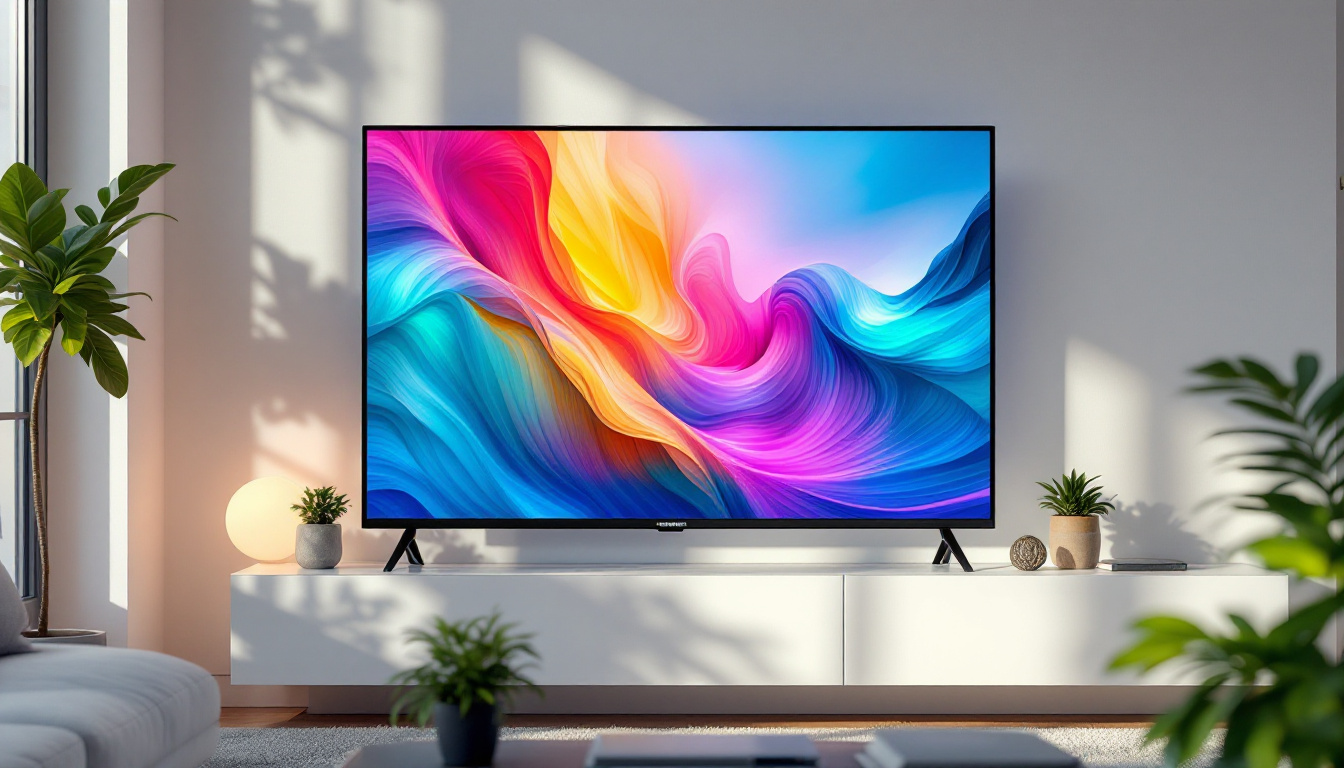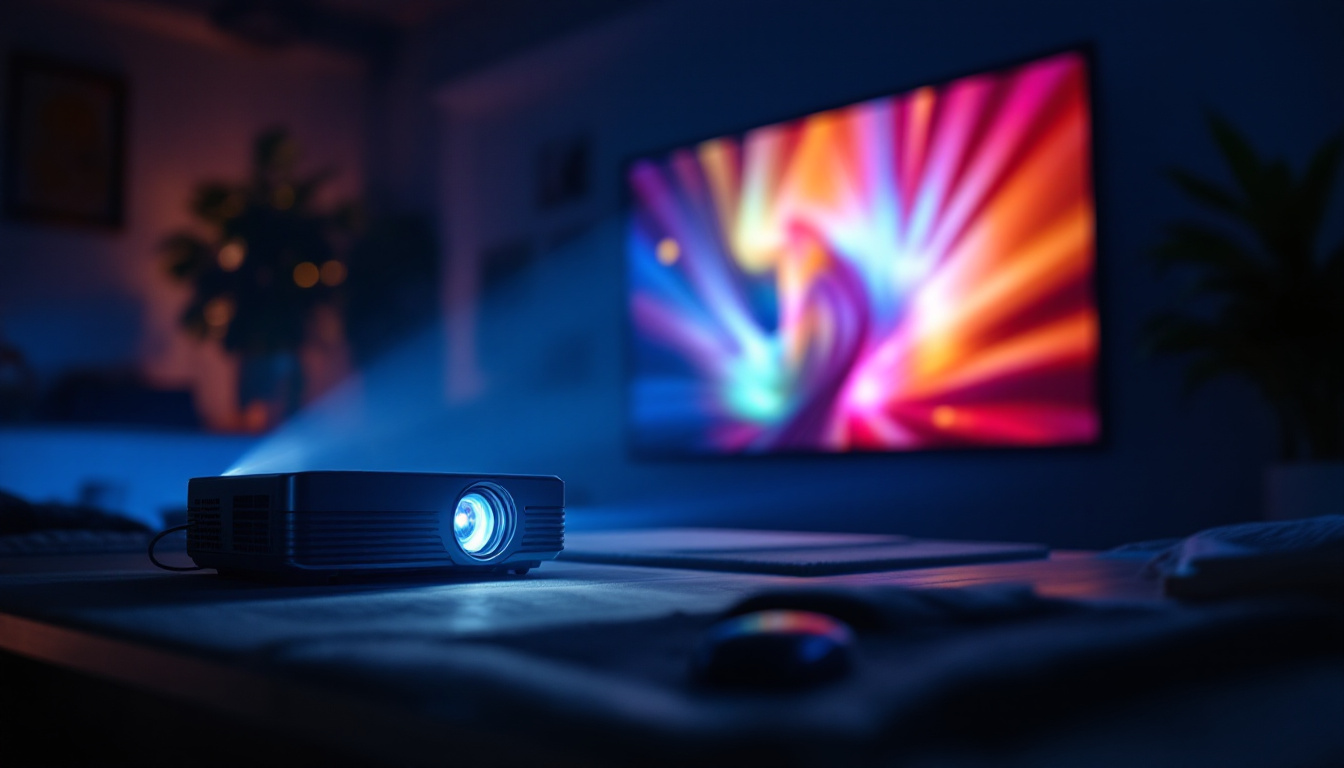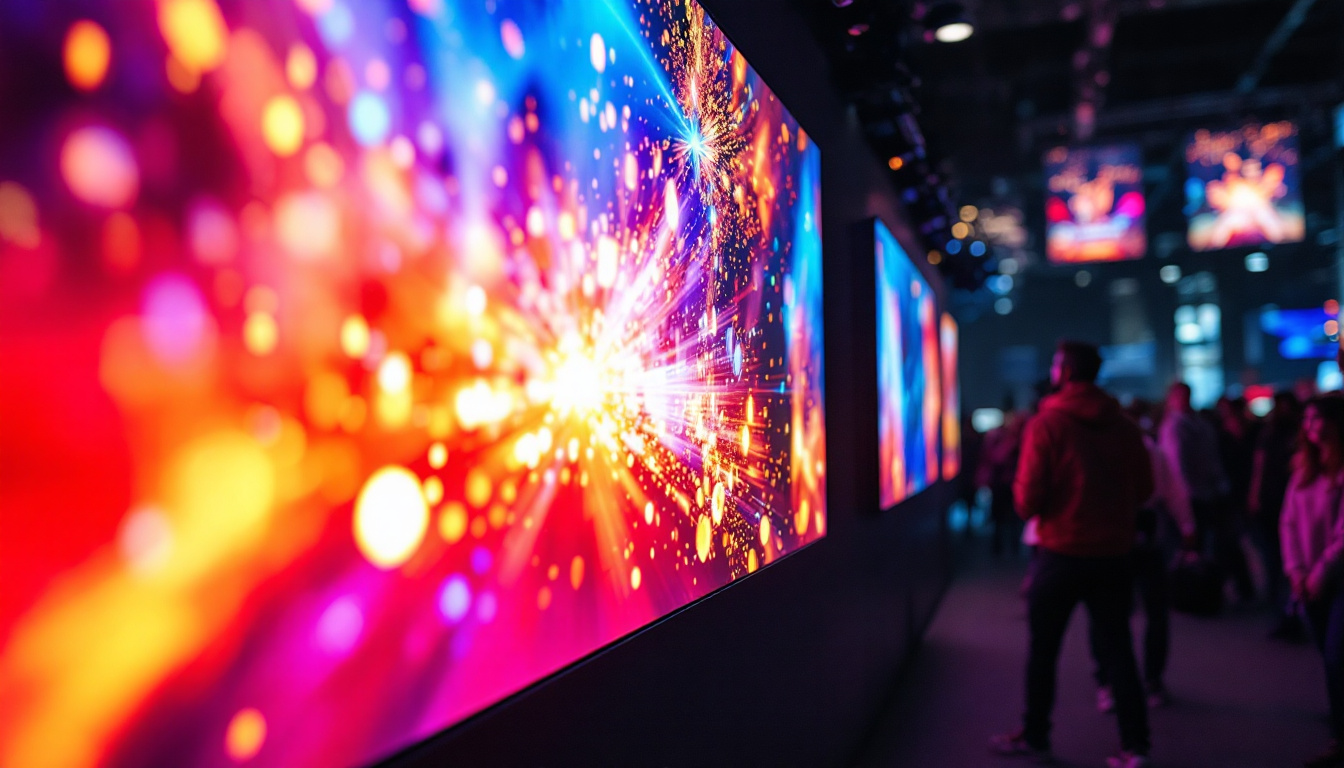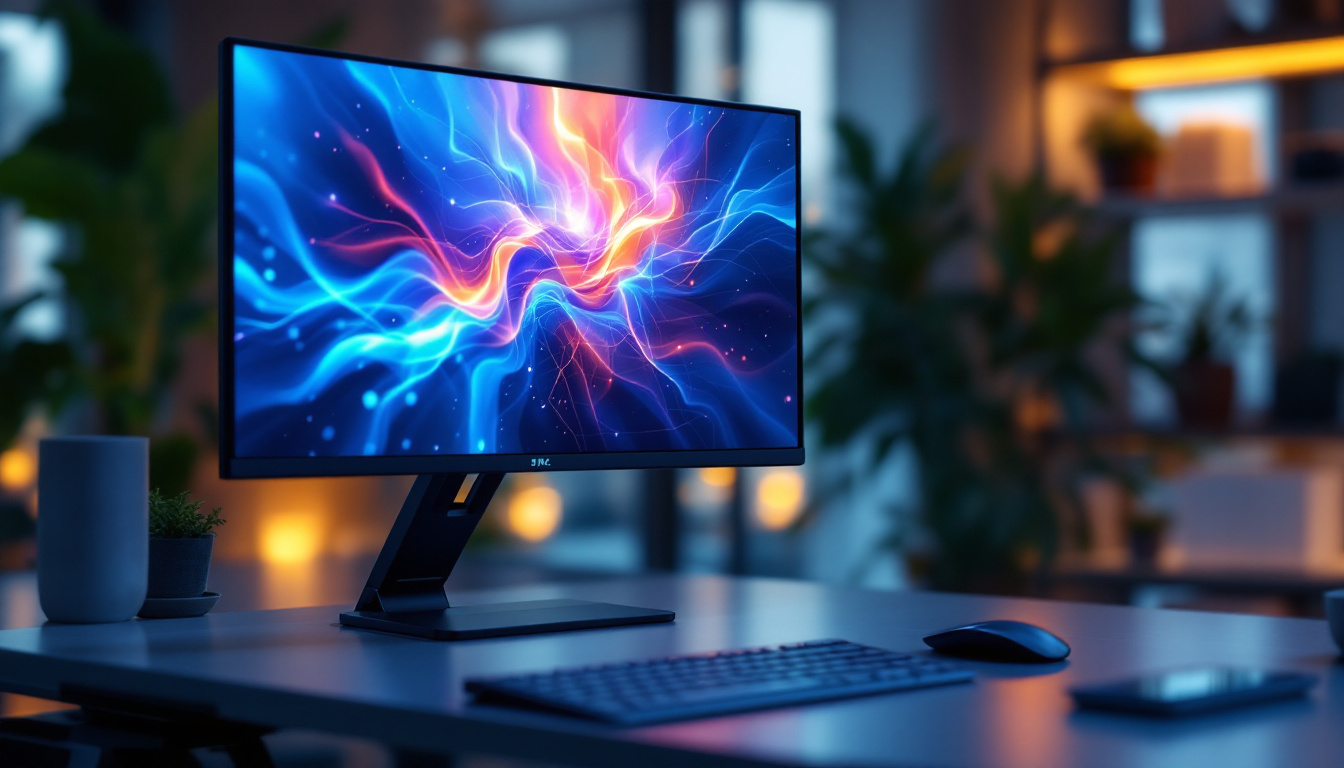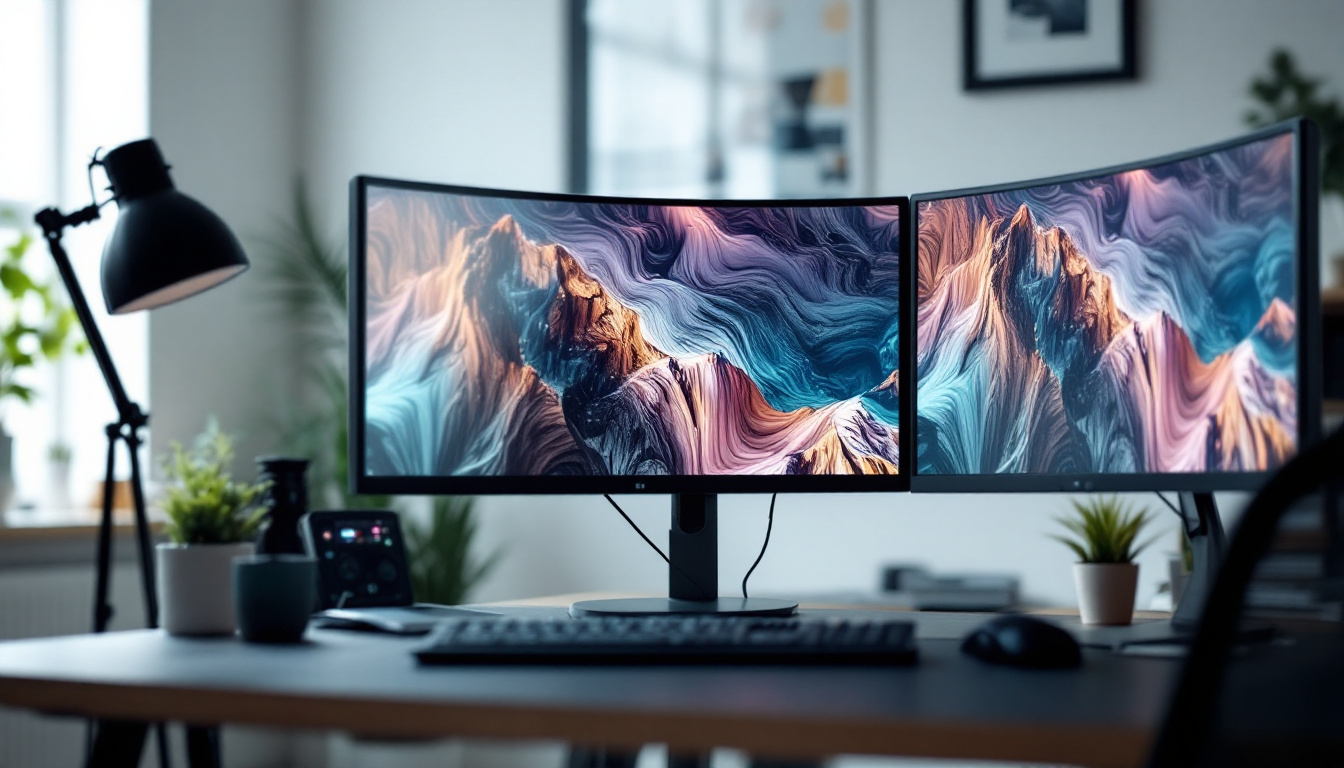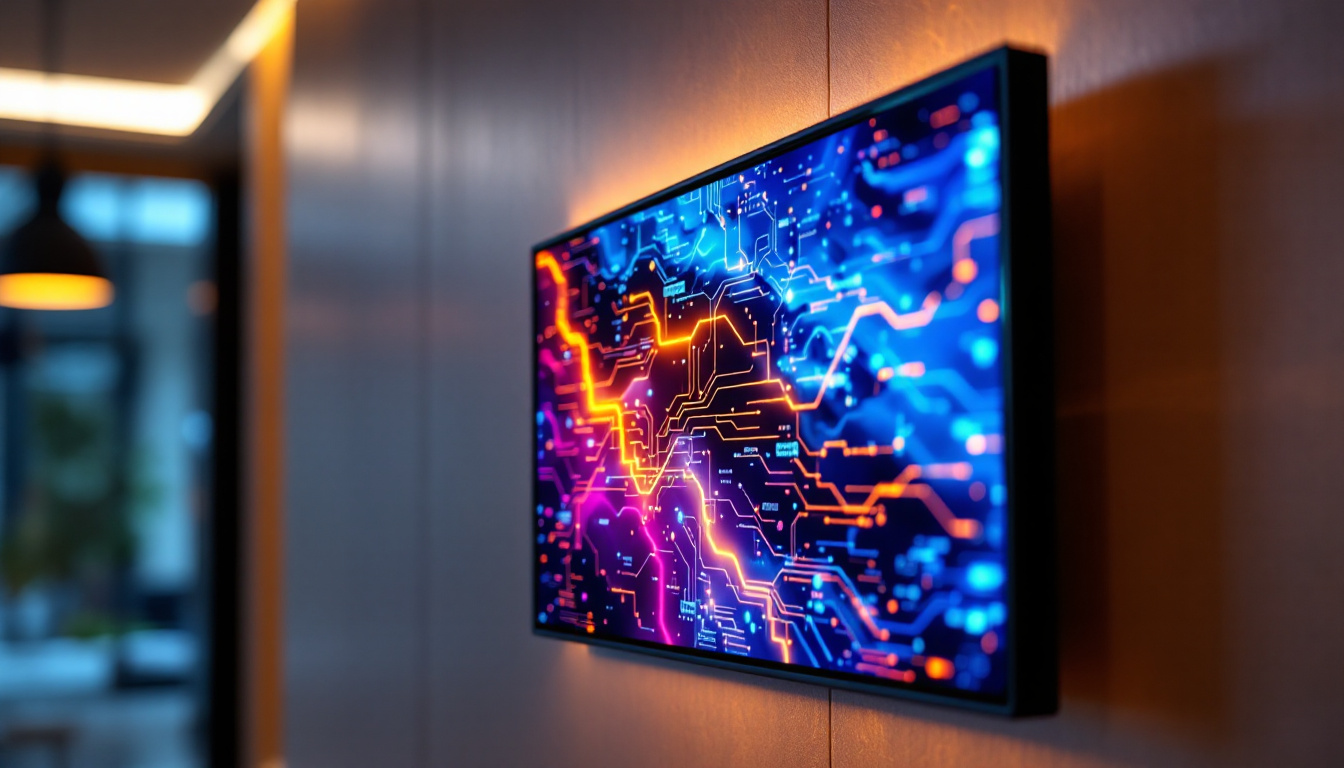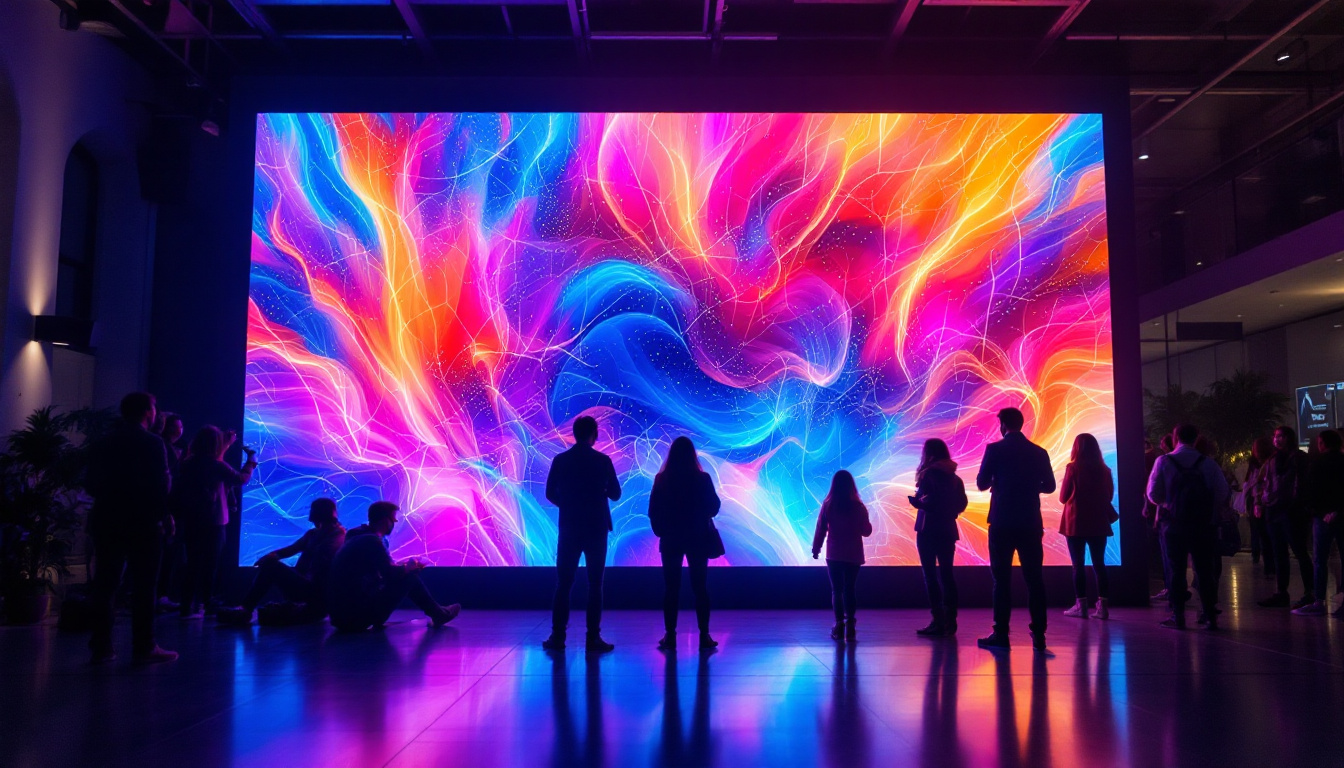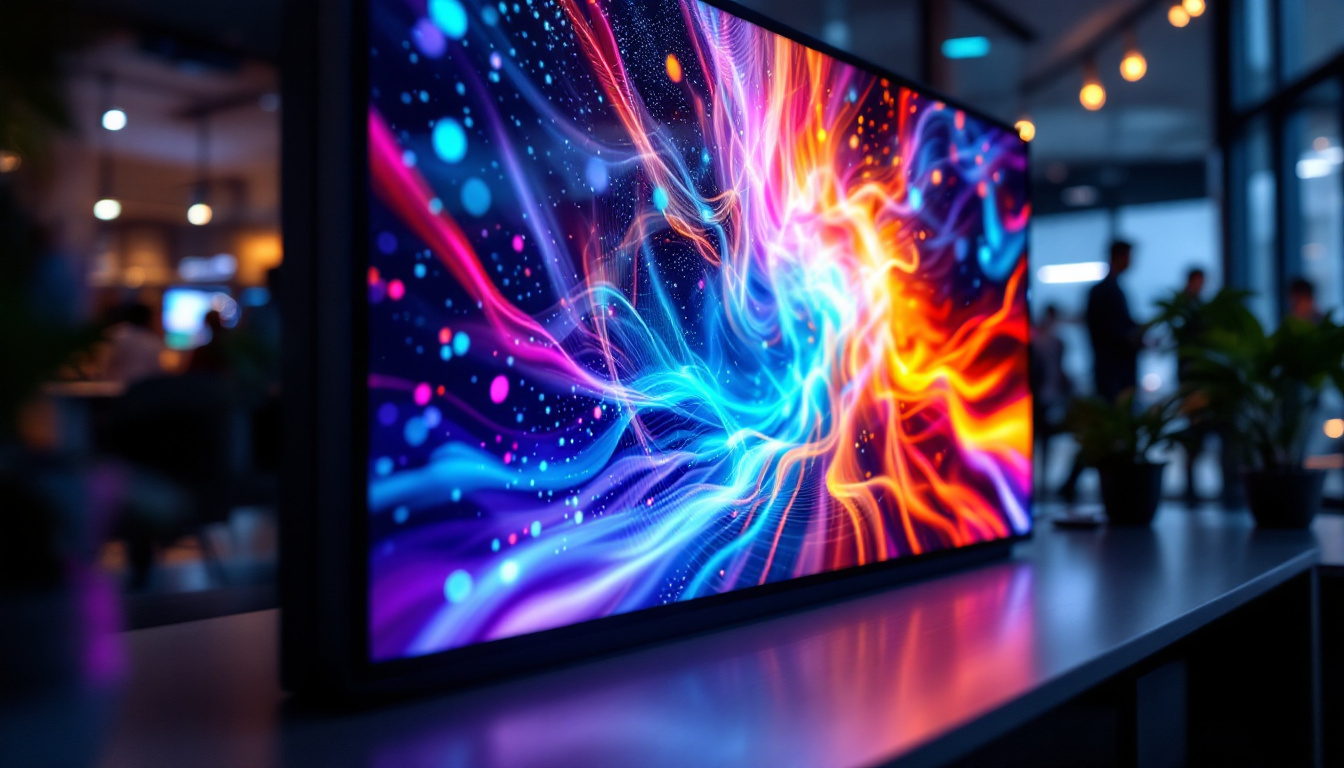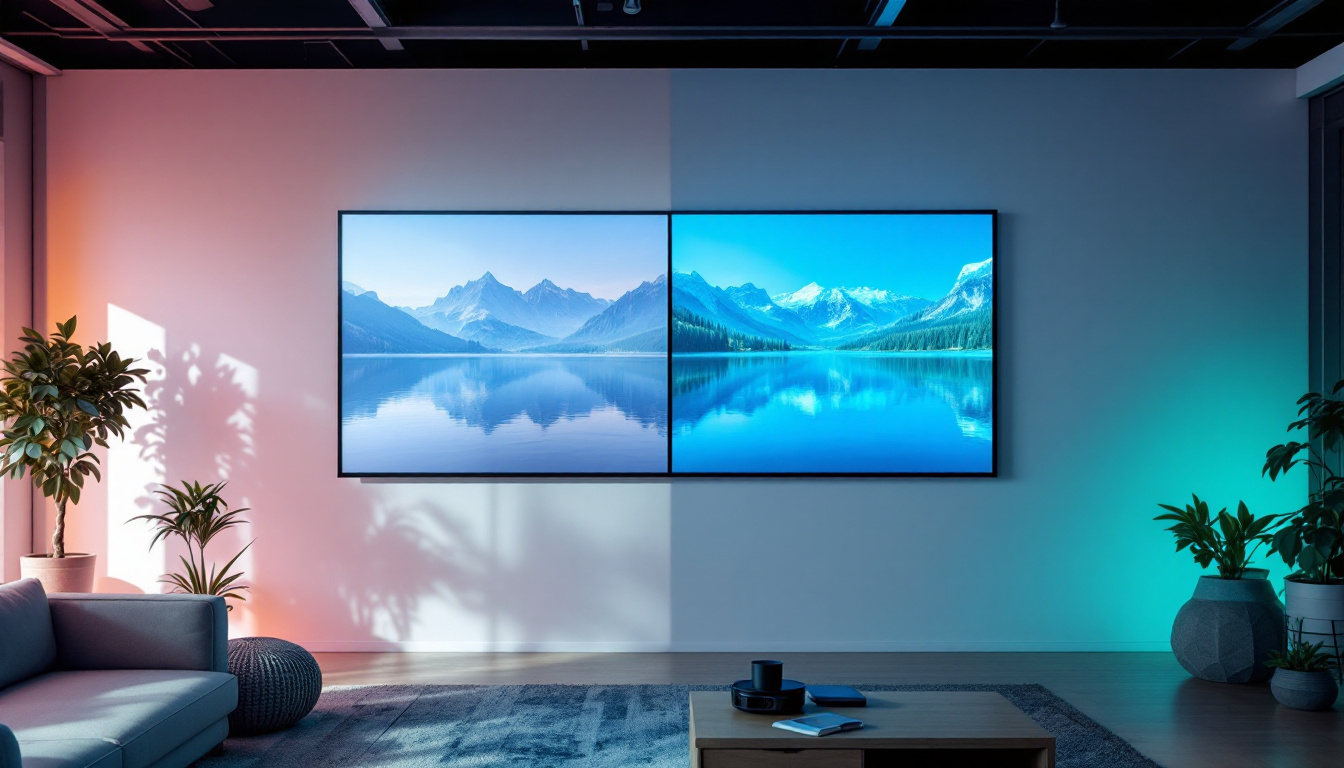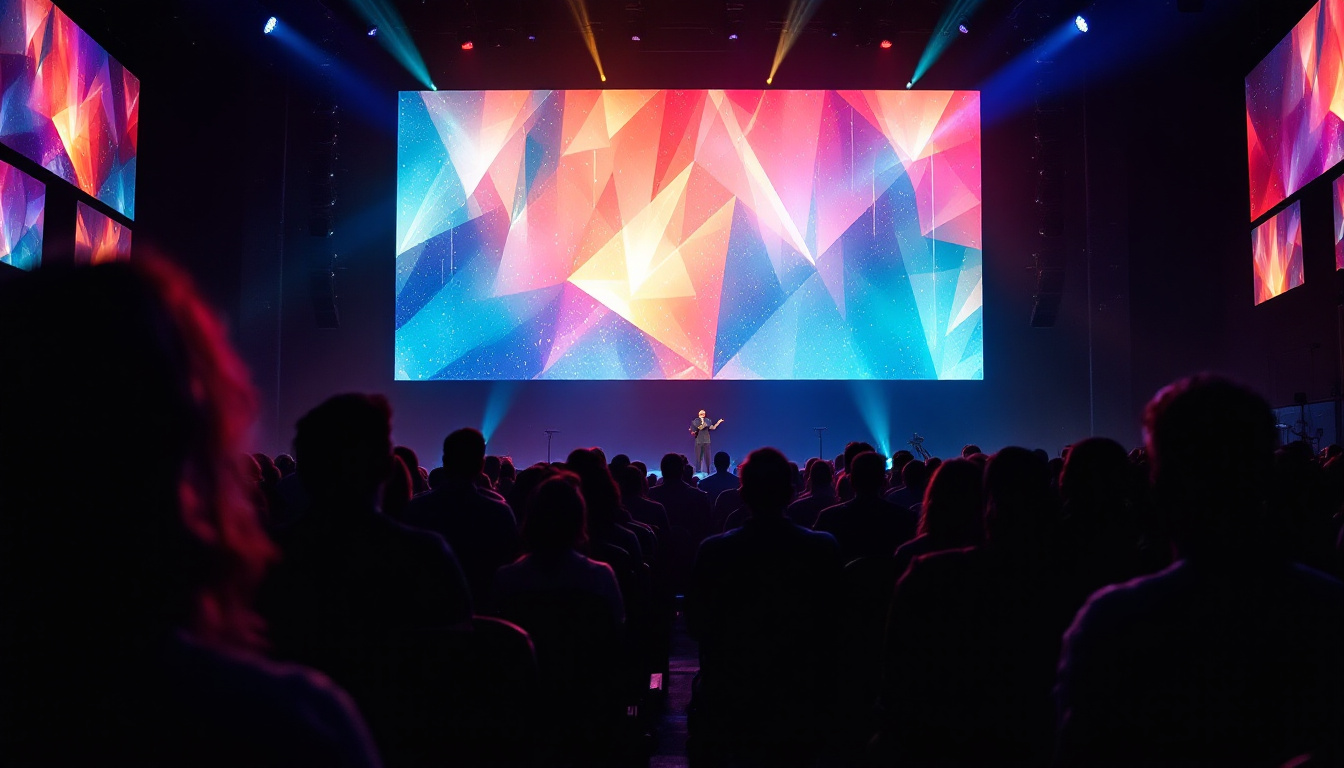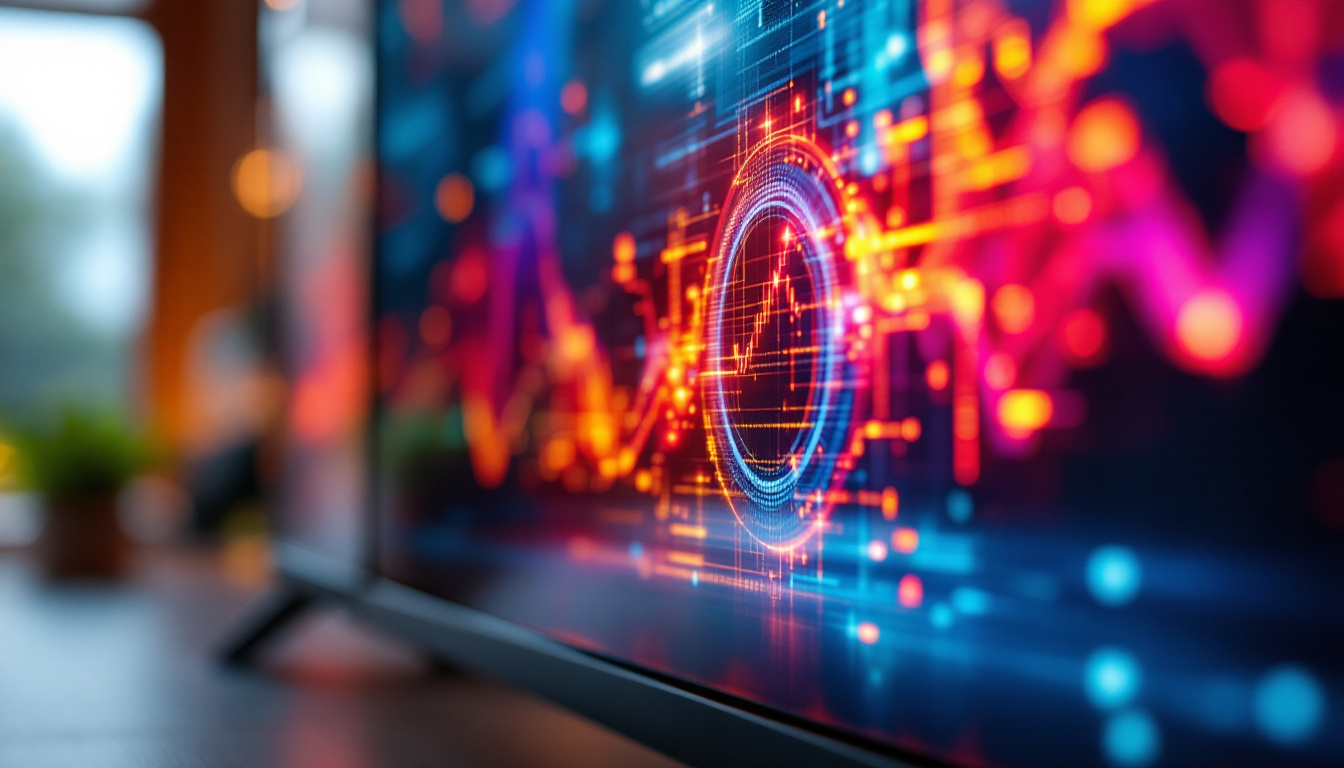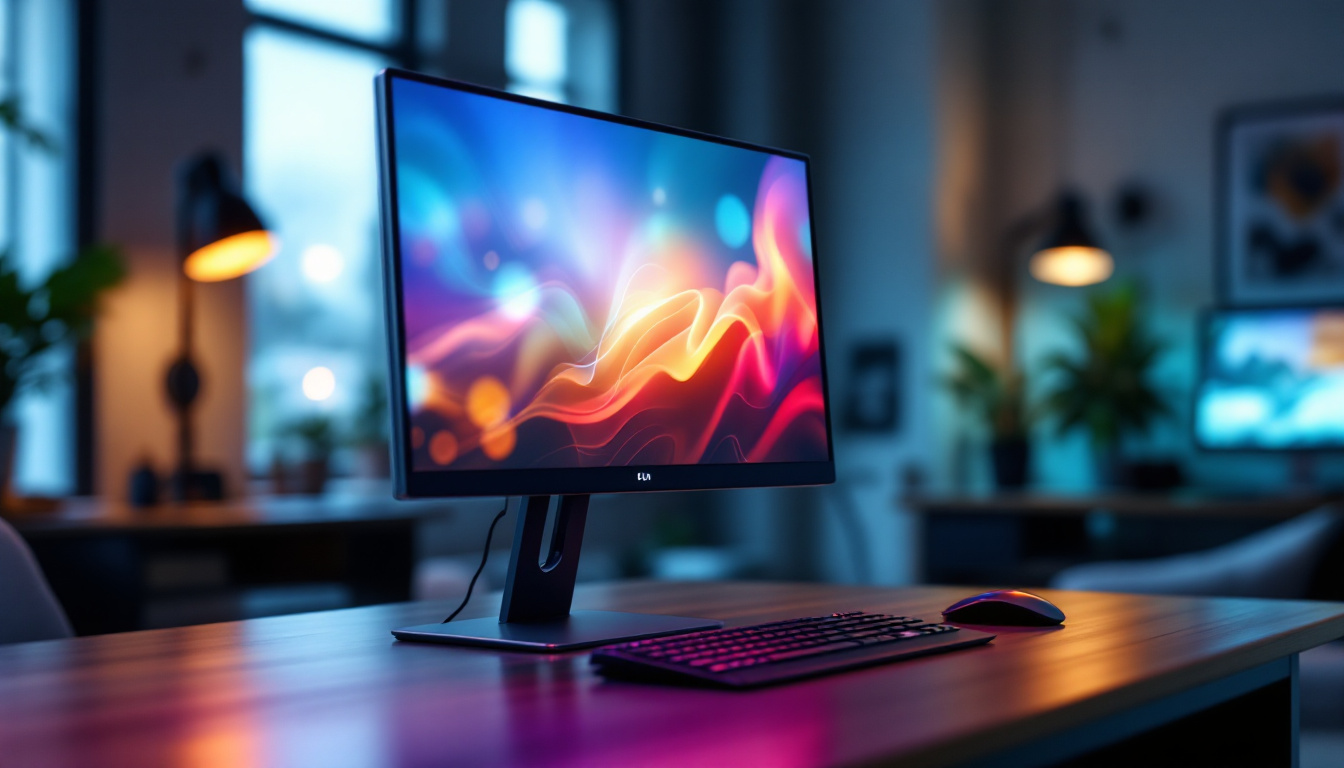Introduction to Split Screen Monitors
In today’s fast-paced work environment, efficiency and multitasking capabilities are paramount. Split screen monitors have emerged as essential tools for professionals who require enhanced productivity. These monitors allow users to view multiple applications simultaneously, making it easier to manage tasks and improve workflow.
With advancements in LED technology, split screen monitors have become more accessible and versatile. This article will delve into the best split screen monitors available for work, exploring their features, benefits, and how they can transform your workspace.
One of the standout features of split screen monitors is their ability to increase screen real estate without the need for multiple physical displays. This not only saves desk space but also reduces the clutter of wires and cables associated with multiple monitors. Many models offer customizable layouts, allowing users to adjust the size and positioning of each window according to their preferences. This flexibility can be particularly beneficial for tasks such as coding, graphic design, or data analysis, where having multiple sources of information visible at once can significantly enhance productivity.
Moreover, the ergonomic design of many split screen monitors contributes to a healthier workspace. By reducing the need to pivot between screens or squint at smaller displays, these monitors can help minimize eye strain and promote better posture. Some models even come equipped with blue light filters and flicker-free technology, further enhancing user comfort during long hours of work. As remote work continues to be a norm, investing in a quality split screen monitor can be a game-changer for maintaining focus and efficiency in a home office setting.
Understanding LED Display Technology
LED (Light Emitting Diode) displays have revolutionized the way we interact with screens. Unlike traditional LCD monitors, LED displays offer superior brightness, contrast, and color accuracy. These attributes make LED monitors an excellent choice for professionals who rely on visual clarity.
LED technology works by using tiny diodes to produce light, which results in thinner, lighter screens with improved energy efficiency. This section will explore the advantages of LED displays, particularly in the context of split screen functionality. With the rapid advancements in technology, LED displays have become increasingly accessible, making them a staple in both personal and professional environments.
Advantages of LED Displays
One of the primary benefits of LED displays is their vibrant color reproduction. This feature is particularly beneficial for graphic designers, video editors, and other creative professionals who require precise color accuracy. Additionally, LED monitors typically have faster response times, reducing motion blur during fast-paced tasks. The ability to display a wider color gamut allows for more vivid images and a more immersive viewing experience, which is essential in fields such as photography and digital art.
Energy efficiency is another significant advantage. LED monitors consume less power compared to traditional displays, which not only helps in reducing electricity bills but also contributes to a more sustainable work environment. Furthermore, the longevity of LED screens means fewer replacements, making them a cost-effective option over time. Many manufacturers are now producing LED displays with eco-friendly materials and processes, further enhancing their appeal to environmentally conscious consumers.
Why Split Screen Functionality Matters
Split screen functionality enhances multitasking by allowing users to divide their screen into multiple sections. This capability is particularly useful for professionals who need to reference documents while working on presentations or for those who manage multiple applications simultaneously. The flexibility of split screen setups can also be tailored to individual workflows, enabling users to customize their workspace according to their specific needs.
For example, a project manager might keep a project timeline open on one side of the screen while reviewing emails or communicating with team members on the other. This seamless integration of tasks can significantly improve productivity and reduce the time spent switching between applications. Moreover, educators and trainers can leverage split screen functionality during virtual classes, displaying instructional materials alongside student interactions, thus fostering a more engaging learning environment. As remote work and online collaboration become increasingly prevalent, the importance of effective screen real estate cannot be overstated, making LED displays with split screen capabilities an invaluable tool in today’s digital landscape.
Top Split Screen Monitors for Work
With a plethora of options available, selecting the right split screen monitor can be daunting. Below are some of the best monitors that cater to various professional needs, ensuring that every user can find a suitable option.
1. Dell UltraSharp U2720Q
The Dell UltraSharp U2720Q is a standout choice for professionals seeking a high-resolution display. With a 27-inch 4K UHD screen, this monitor offers stunning clarity and detail, making it ideal for graphic design and video editing.
Equipped with USB-C connectivity, it allows for easy connection to laptops and other devices, streamlining your workspace. The monitor’s ergonomic design, featuring height, tilt, and swivel adjustments, ensures comfort during long work hours.
2. LG 34WN80C-B
The LG 34WN80C-B is a 34-inch curved ultrawide monitor that provides an immersive viewing experience. Its 21:9 aspect ratio is perfect for split-screen multitasking, allowing users to have multiple windows open side by side without any loss of visibility.
This monitor supports HDR10, enhancing color and contrast for a more vivid display. Additionally, it features USB-C connectivity, making it a versatile option for modern workstations. The ergonomic stand allows for easy adjustments, ensuring optimal viewing angles.
3. Samsung Odyssey G9
For those who prefer a more gaming-oriented monitor that can also serve professional needs, the Samsung Odyssey G9 is an impressive choice. This 49-inch super ultrawide monitor offers a 32:9 aspect ratio, effectively replacing a dual-monitor setup.
With a QLED display, the Odyssey G9 delivers exceptional color accuracy and brightness. Its high refresh rate and low response time make it suitable for both gaming and professional tasks, such as video editing and design work. The monitor’s futuristic design also adds a touch of style to any workspace.
Key Features to Consider
When selecting a split screen monitor, several key features should be taken into account to ensure it meets your professional needs. Understanding these features can help in making an informed decision.
Resolution
Resolution is a critical factor that determines the clarity and detail of the display. Higher resolutions, such as 4K (3840 x 2160), provide sharper images and allow for more content to be displayed on the screen simultaneously. For tasks involving detailed graphics or text, a higher resolution is highly recommended.
For general office tasks, a Full HD (1920 x 1080) resolution may suffice. However, professionals in creative fields will benefit significantly from higher resolutions that enable precise work.
Screen Size and Aspect Ratio
The size of the monitor and its aspect ratio play a crucial role in the overall user experience. A larger screen size allows for more windows to be open at once, enhancing multitasking capabilities. Common sizes range from 24 inches to 49 inches for ultrawide monitors.
Aspect ratio is also important; traditional monitors typically have a 16:9 ratio, while ultrawide monitors offer 21:9 or even 32:9 ratios. The latter is particularly useful for split-screen functionality, providing ample space for multiple applications.
Connectivity Options
Connectivity options are essential for ensuring compatibility with various devices. Modern monitors often come equipped with multiple ports, including HDMI, DisplayPort, and USB-C. USB-C is particularly advantageous as it allows for data transfer, video output, and charging through a single cable.
Consider the devices you will be connecting to the monitor and ensure that it has the necessary ports to accommodate them. This will help avoid the hassle of using adapters or additional cables.
Enhancing Productivity with Split Screen Monitors
Investing in a split screen monitor can significantly enhance productivity in the workplace. By enabling users to manage multiple tasks simultaneously, these monitors reduce the time spent switching between applications and improve overall workflow.
Furthermore, the ergonomic benefits of larger screens can lead to better posture and reduced eye strain. Many modern monitors come with features such as blue light filters and flicker-free technology, which contribute to a more comfortable viewing experience.
Organizing Your Workspace
A well-organized workspace is essential for maintaining focus and productivity. Split screen monitors can help achieve this by allowing users to arrange their applications in a way that suits their workflow. For instance, keeping communication tools on one side and project management software on the other can streamline collaboration.
Additionally, using monitor stands or mounts can help free up desk space and create a cleaner, more efficient workspace. This organization not only enhances productivity but also contributes to a more pleasant working environment.
Creating a Multi-Monitor Setup
For those who require even more screen real estate, creating a multi-monitor setup can be a game-changer. By combining split screen monitors with additional displays, users can create a customized workspace that caters to their specific needs.
When setting up multiple monitors, it’s essential to consider the layout and ensure that all screens are at eye level to minimize neck strain. Utilizing software tools to manage window placement can further enhance the efficiency of a multi-monitor setup.
Conclusion
Choosing the right split screen monitor can significantly impact productivity and workflow in the workplace. With the advancements in LED display technology, professionals have access to a variety of options that cater to their specific needs.
From high-resolution displays for creative work to ultrawide monitors for multitasking, the best split screen monitors offer features that enhance efficiency and comfort. By understanding the key features and benefits of these monitors, users can make informed decisions that will ultimately lead to a more productive work environment.
Investing in a quality split screen monitor is not just about having a larger screen; it’s about creating a workspace that fosters creativity, collaboration, and efficiency. As work demands continue to evolve, having the right tools at your disposal is essential for success.
Discover the Future of Work with LumenMatrix
Ready to elevate your workspace with the ultimate split screen monitor experience? LumenMatrix is at the forefront of LED display innovation, offering a wide array of solutions that cater to your professional needs. Whether you’re looking for an Indoor LED Wall Display to enhance your creative studio, an Outdoor LED Wall Display for impactful brand messaging, or any of our specialized LED displays, LumenMatrix has the technology to transform your work environment. Embrace the power of advanced LED display modules and join the revolution in visual communication. Check out LumenMatrix LED Display Solutions today and witness how we can help you work smarter, not harder.

